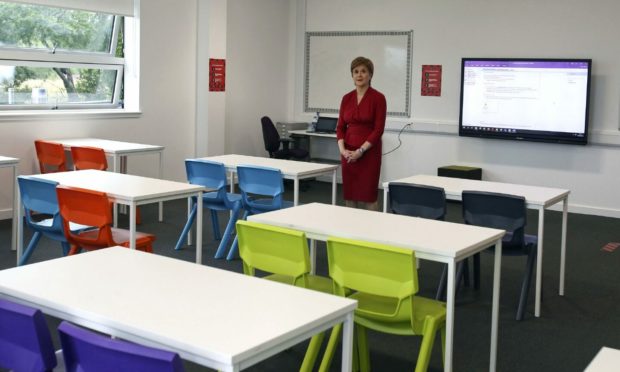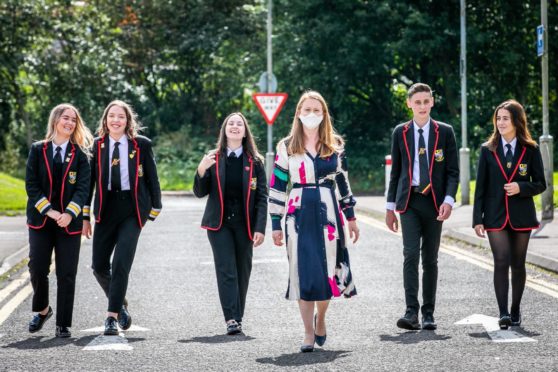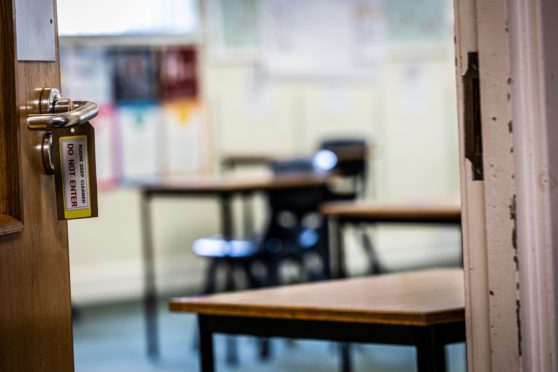Scots schools should allow trans pupils to use toilets that match the gender they identify as, new Scottish Government recommendations say.
The advise states schools should not force transgender pupils to use bathrooms or changing rooms based on their “sex assigned at birth”.
It’s part of the government’s new guidance for supporting transgender young people in education.
Other recommendations cover PE classes, with guidance that transgender young people should be allowed to take part in the group that matches their gender if PE classes are organised by sex.
The government says the guidance aims to ensure schools can better support trans young people, including by tackling issues like bullying, safety and privacy.
Education minister Shirley-Anne Sommerville said the new publication provided practical examples for how schools could support young people.
The SNP minister said: “Pupils are happier and learn more at school when they feel safe, respected and included.
“We know transgender young people can face many issues in schools and that teachers and staff must have the confidence and skills to support their mental, physical and emotional health.
“This guidance outlines how schools can support transgender young people while ensuring that the rights of all pupils are fully respected.
‘The guidance is not prescriptive and does not promote transitioning’
“It provides schools with practical suggestions. The guidance is not prescriptive and does not promote transitioning.”
Carrie Lindsay, president of the Association of Directors of Education Scotland, welcomed the new guidance.
Several campaign groups, such as For Women Scotland, have called on the government to protect “single sex spaces” such as toilets.
Addressing potential safety concerns, the guidance states schools should work with pupils to understand their concerns and conduct risk assessments when appropriate.
It reads: “When considering safety concerns for all young people including transgender young people, it is important to assess why a young person feels unsafe and whether this is as a result of any inappropriate behaviours.”
The guidance states risk assessments should be carried out in response to safety concerns.
It adds: “If a young person feels unsafe steps should be taken to discuss their concerns and outline the specific steps being taken, to ensure the safety of all young people concerned, this may include specific plans to support a young person in school.
All responses to complaints should be reasonable and proportionate
“All responses to complaints should be reasonable and proportionate.
“If the complaint relates to another young person who identifies that they will experience disadvantage as a result, then the school should seek to respect the rights of all.”
Other issues addressed include school uniforms, with a recommendation that gender-neutral options are included in uniform codes.
“If your school doesn’t have a school uniform, it should be clear that young people can wear what they want, including skirts, trousers, shorts, regardless of gender identity, as long as this complies with school guidelines,” it says.


